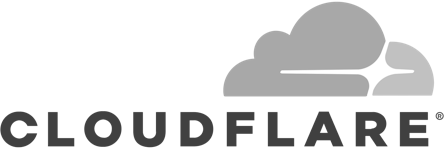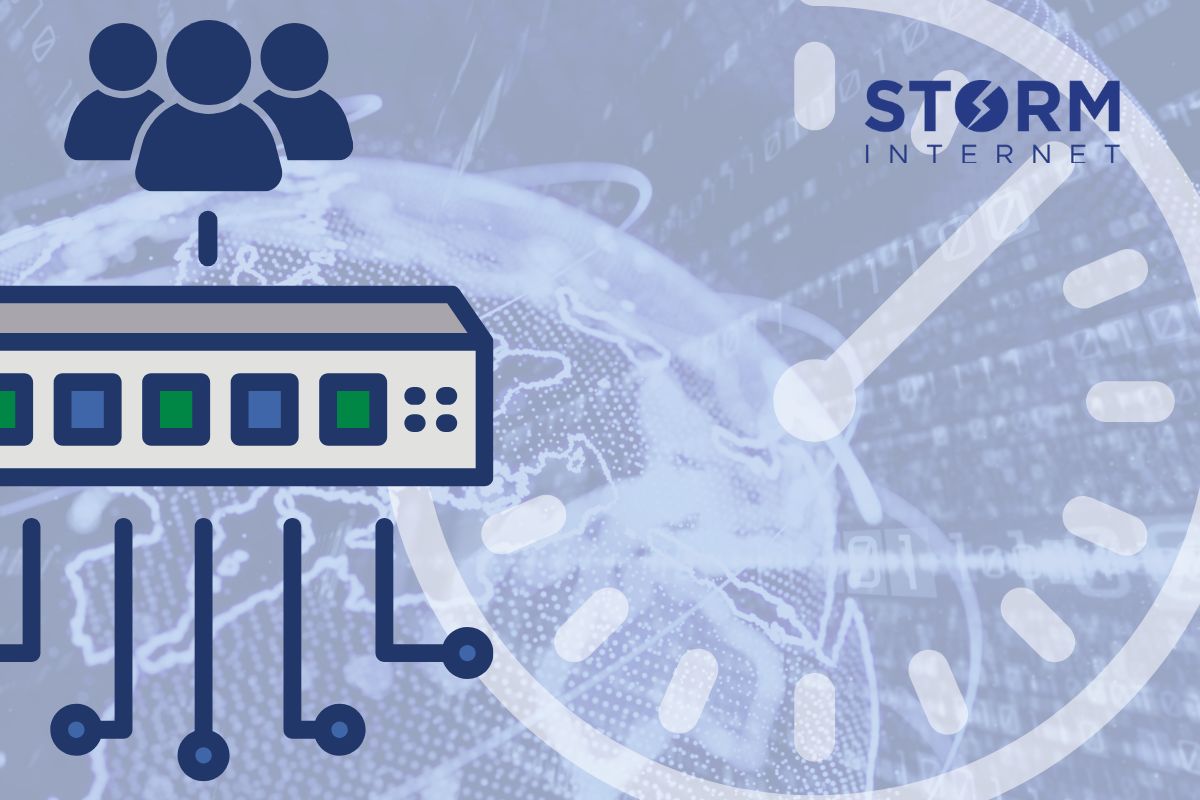Uncategorised
On-Premises vs. Cloud Storage: Which Is Right for You?

Modern businesses face significant data storage needs driven by the exponential growth of digital information, evolving technology, and the necessity for effective data management strategies. But the choice between on-premises and cloud storage is a critical decision, affecting security, cost, scalability, and overall business efficiency. This article explores the pros and cons of each solution, providing insights to help businesses determine the best fit for their needs.
Understanding On-Premises Storage
On-premises storage refers to maintaining data on physical servers within an organisation. This setup offers businesses full control over their data and infrastructure.
Pros:
- Complete Control: Businesses have direct oversight over security, access, and data compliance, reducing risks associated with third-party storage solutions.
- High Performance: Since resources are dedicated, on-premises storage typically offers consistent performance, making it ideal for applications requiring low latency and real-time analytics.
- Regulatory Compliance: Companies handling sensitive data, such as those in healthcare and finance, may prefer on-premises storage to meet industry regulations more effectively.
Cons:
- High Upfront Costs: Organisations must invest in hardware, software, and skilled IT personnel, leading to significant capital expenditure.
- Scalability Challenges: Expanding storage capacity requires purchasing and installing additional physical hardware, which can be expensive and time-consuming.
- Maintenance and Management Complexity: IT teams must regularly update systems, monitor security, and address hardware failures, diverting resources from core business operations.
Understanding Cloud Storage
Cloud storage stores data on remote servers managed by third-party providers such as AWS, Google Cloud, and Storm Internet. This approach offers businesses flexibility and scalability.
Pros:
- Scalability: Organisations can scale their resources based on demand, eliminating the need for costly infrastructure upgrades.
- Cost-Efficiency: With a pay-as-you-go pricing model, businesses only pay for the storage they use, reducing initial investments and ongoing operational expenses.
- Disaster Recovery and Redundancy: Cloud providers implement automated backups and redundancy measures, ensuring data availability even during system failures or cyber-attacks.
Cons:
- Dependence on Internet Connectivity: Cloud performance is dependent on network speed and reliability, potentially causing latency issues for businesses requiring real-time access to large datasets.
- Limited Customisation: Major cloud service providers may only offer standardised configurations which may not be suited to all business requirements. This may vary among smaller cloud storage service providers.
- Security Concerns: Compliance requirements may stipulate how and where data is stored which may not be compatible with the services offered by cloud storage providers.
Key Factors to Consider When Choosing Between On-Premises and Cloud Storage
1. Cost Structure
- On-Premises: High initial investment in hardware and maintenance costs, requiring dedicated IT staff for ongoing management.
- Cloud: Lower upfront costs with a pay-as-you-go model, though expenses can accumulate over time, especially when cloud assets aren’t managed effectively.
2. Security and Compliance
- On-Premises: Full control over security measures but requires significant investment in cybersecurity tools and practices.
- Cloud: Providers implement advanced security protocols, but organisations must evaluate compliance with industry regulations.
3. Scalability and Performance
- On-Premises: Scaling requires purchasing additional hardware, making it a slow and costly process.
- Cloud: Provides instant scalability, allowing businesses to expand storage capacity without major investments.
4. Management and Maintenance
- On-Premises: Requires in-house IT expertise to manage updates, security patches, and disaster recovery measures.
- Cloud: Service providers handle updates, maintenance, and infrastructure management, reducing the burden on internal teams.
The Hybrid Storage Approach
Many businesses are adopting hybrid storage solutions, combining on-premises and cloud storage. This approach offers:
- Optimised Performance: Frequently accessed data remains on-premises, while less critical data is stored in the cloud for cost efficiency.
- Enhanced Security: Sensitive information can be kept on local servers, while cloud storage provides scalability for general business operations.
- Business Continuity: A hybrid model ensures backup redundancy, reducing risks of data loss or system failures.
Which Storage Solution Is Right for Your Business?
- Choose On-Premises If: Your business requires strict control over data, has the budget for significant upfront investments, and needs high-performance solutions for real-time applications.
- Choose Cloud If: Your business prioritises scalability, cost-effectiveness, and remote accessibility without the need for direct infrastructure management.
- Consider Hybrid If: You need a balance of security, flexibility, and performance, ensuring that critical data remains secure while benefiting from cloud storage scalability.
Conclusion
The choice between on-premises and cloud storage depends on a business’s specific needs, budget, and compliance requirements. While on-premises storage offers control and performance, cloud solutions provide scalability and cost savings. For many organisations, a hybrid approach may be the most effective strategy, leveraging the strengths of both solutions. By carefully evaluating these factors, businesses can implement a storage solution that enhances operational efficiency, ensures security, and supports long-term growth.
Speak with a Storm Expert
Please leave us your details and we'll be in touch shortly
A Trusted Partner








